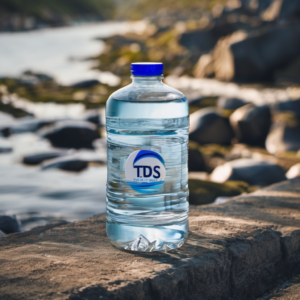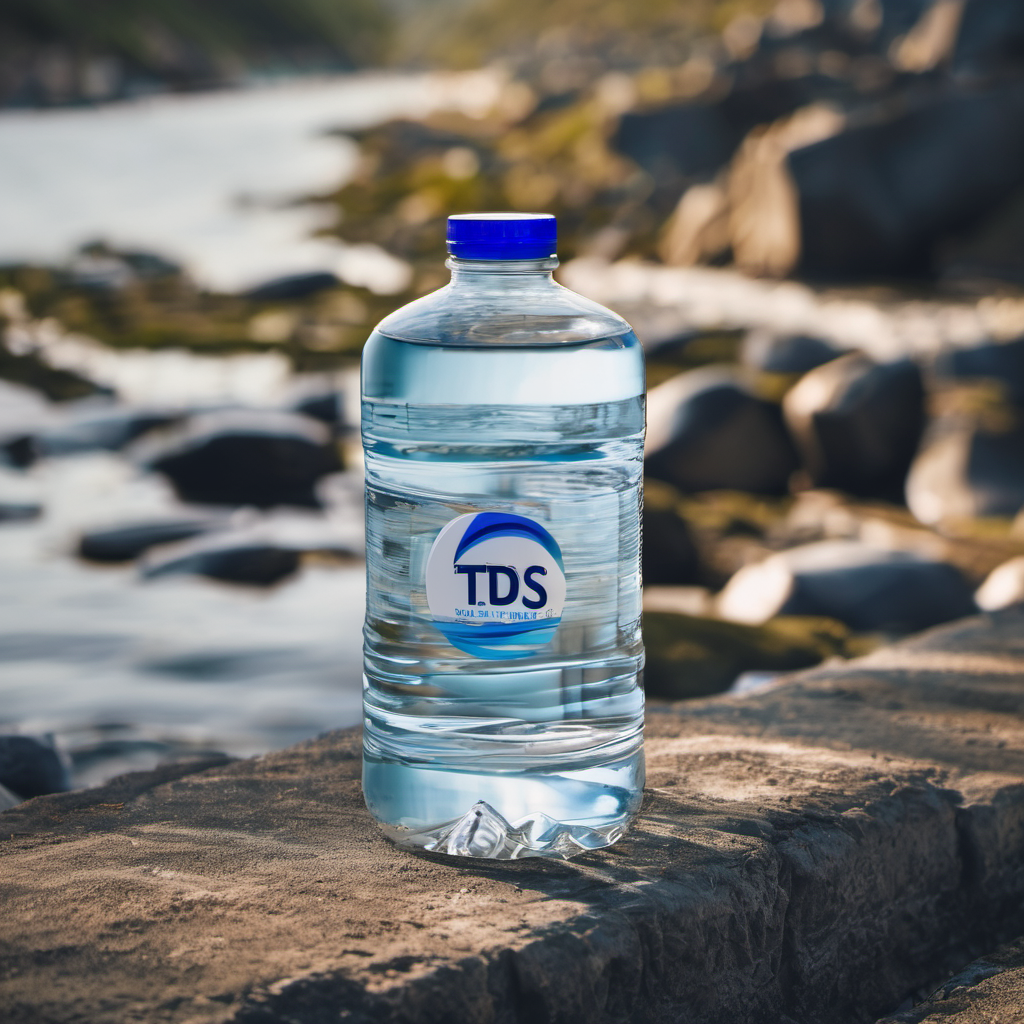What is TDS ?
1. What does the acronym TDS stand for in the context of water quality?
-Total Dissolved Solids (TDS) refers to the amount of inorganic and organic substances that are dissolved in water. TDS is an important parameter to consider when evaluating water quality.
2. How is Total Dissolved Solids (TDS) measured in water?
– The measurement of Total Dissolved Solids in water commonly involves the use of a TDS meter, delivering results in units like parts per million (ppm) or milligrams per liter (mg/L).
3. Can you explain the significance of monitoring TDS levels in drinking water?
– It is crucial to monitor TDS levels to assess the comprehensive mineral content of water, influencing various aspects such as taste, appearance, and suitability for consumption.
4. What are some common sources of dissolved solids that contribute to TDS in water?
– Dissolved solids in water can originate from diverse sources, including minerals, salts, metals, cations, anions, and various organic compounds.
5. How does high TDS in water affect its taste and suitability for consumption?
– Elevated TDS levels can impact the taste and aesthetic qualities of water. However, it’s important to note that not all dissolved solids are necessarily harmful.
6. Are there health considerations associated with elevated TDS levels in drinking water?
– While some minerals found in water can be beneficial, excessively high TDS levels may have health implications, underscoring the importance of regular monitoring.
7. What instrument is commonly used to measure TDS in water?
– The standard instrument used for measuring Total Dissolved Solids in water is a TDS meter.
8. What are the units of measurement for expressing TDS levels?
– TDS levels are typically expressed using units such as parts per million (ppm) or milligrams per liter (mg/L).
9. In which industries or applications is TDS monitoring particularly crucial?
– Monitoring TDS is crucial in various industries, including water treatment, agriculture, aquaculture, and manufacturing.
10. How can individuals manage or reduce TDS in their drinking water if necessary?
– Individuals can manage TDS by employing water treatment methods like reverse osmosis or by making informed choices about water sources. Consulting with water quality experts is advisable for specific cases.
Ensuring Purity: A Simple Guide to Free TDS Checks in Water with Lab Submission
Ensuring Purity: A Simple Guide to Free TDS Checks in Water with Lab Submission Introduction:Water is an essential element for our daily lives, and
Chloride in water
“Exploring Chloride: Properties, Applications, and Health Implications” Introduction:Chloride stands as a fundamental chemical compound with multifaceted roles across industries, environmental processes, and biological systems.
Chloride
Chloride in Water: Understanding, Testing, and Improving Your Water Quality! 💧🌟 #WaterClarity #HealthyLiving 1. What is chloride in water?– Chloride is an anion formed when

TDS
What is TDS ? 1. What does the acronym TDS stand for in the context of water quality?-Total Dissolved Solids (TDS) refers to the amount

Ph of water
What is PH ? pH is like a scale that tells us how much acid or base is in water. The scale goes from 0
11. What is TDS in water and why is it important to measure?
– Total Dissolved Solids (TDS) in water encompass all inorganic and organic substances. Measuring TDS is vital for an inclusive assessment of water quality, impacting taste, safety, and suitability for various applications.
12. How does TDS impact the taste and quality of drinking water?
– Elevated TDS levels can alter the taste and appearance of water, resulting in a salty or mineral-heavy taste. Nevertheless, moderate TDS levels with balanced minerals are generally considered acceptable and can even enhance the taste.
13. What are the common sources of Total Dissolved Solids in water?
– Sources of TDS include minerals such as calcium and magnesium, salts, metals, ions, and organic matter. Industrial runoff and agricultural activities can also contribute to TDS.
14. What health considerations should be taken into account with elevated TDS levels?
– Elevated TDS levels may signal the presence of contaminants. While some minerals are essential for health, excessively high TDS may impact water safety, necessitating further testing and potential treatment.
15. How can individuals measure TDS in their water at home?
– TDS can be measured at home using a TDS meter, a handheld device offering quick and easy readings. These meters are readily available and user-friendly.
16. What are the recommended TDS levels for safe drinking water?
– There is no universal standard for TDS in drinking water. However, the World Health Organization suggests TDS levels up to 600 mg/L are generally acceptable for drinking water.
17. What treatment methods are effective in reducing TDS in water?
– Common treatment methods include reverse osmosis, distillation, and ion exchange. These methods help reduce TDS by eliminating minerals and other dissolved substances.
18. Does high TDS necessarily mean the water is unsafe to drink?
– Not necessarily. High TDS alone does not determine water safety. It’s crucial to consider the specific minerals and contaminants present. Regular water quality testing is advisable.
19. How does TDS vary in different types of water sources (tap water, well water, bottled water, etc.)?
– TDS levels can significantly vary between different water sources. For instance, well water may have higher natural mineral content, while distilled water and certain bottled waters may exhibit lower TDS levels.
20. Are there any regulations or standards regarding TDS levels in drinking water?
– While guidelines exist for specific minerals, there is no specific regulatory standard for TDS. Local health authorities may offer recommendations based on regional water characteristics.


